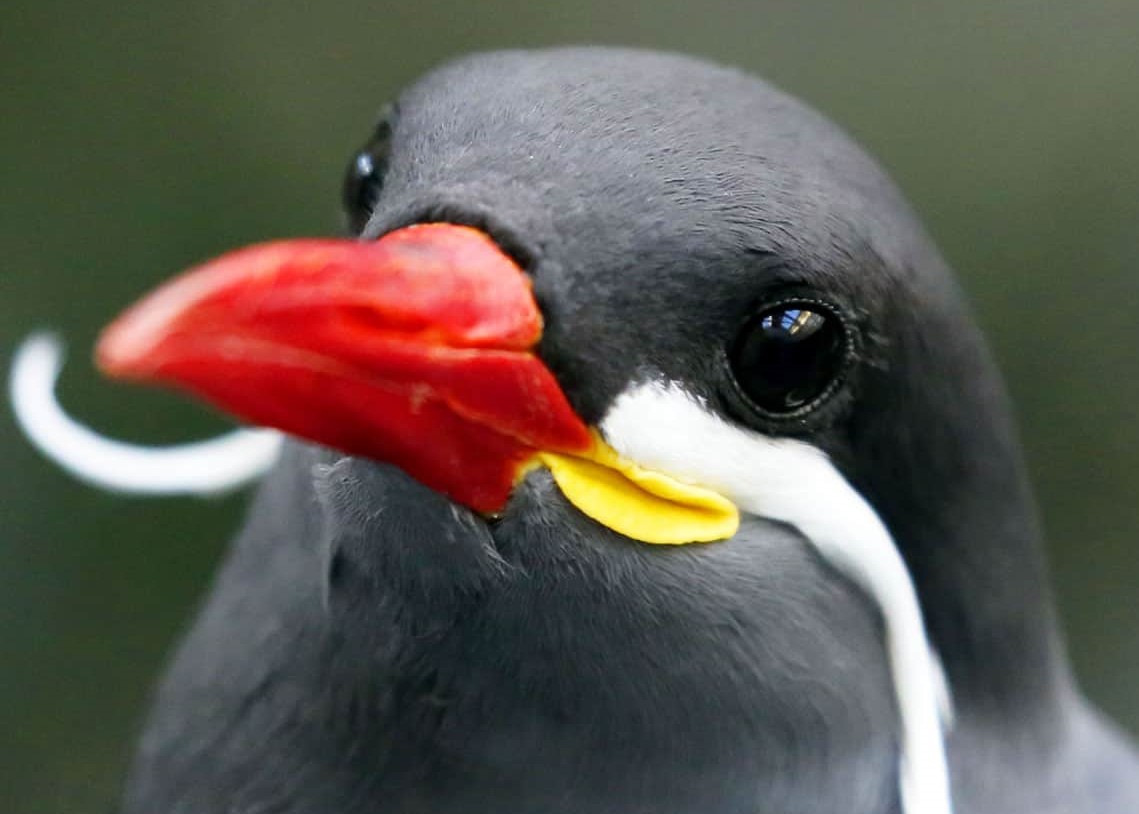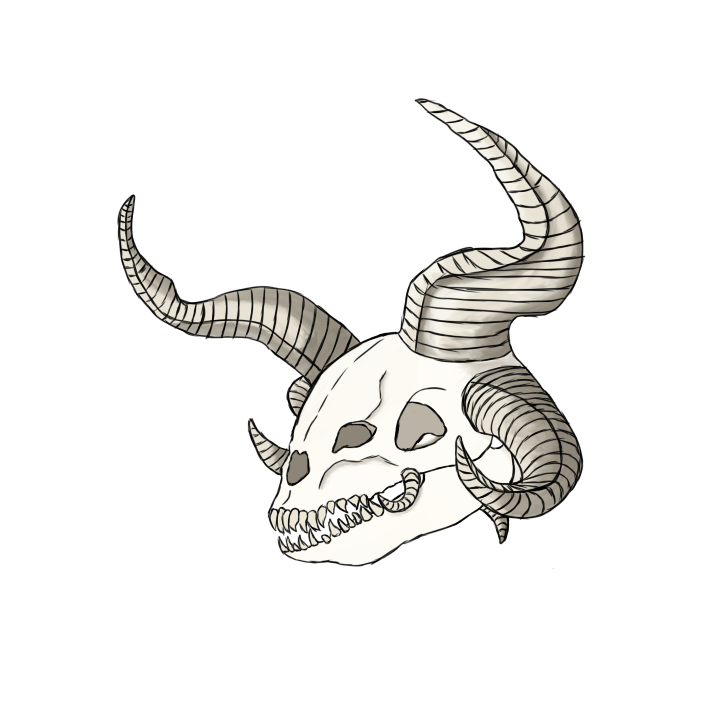Silver-scaled seeker
Some think that they come from one of the moons because they live mainly under the moonlight. I think they are just annoying birds that have a knack of stealing anything infused with magic.
The Silver-scaled seeker are medium sized birds that live in northeast forests in Amex. They are known for their ability of recognizing items infused with magic and their tendency of stealing the small ones. They are the cousins of the Golden seekers but their comportment are contrasting.
Basic Information
Anatomy
These birds have a shiny black plumage, a silver coloured beak, eyes, and legs, and small silver scales following the top of their wings, on the shoulder blades. They have big wings and a long and wide tail. The silver details in their bodies shine under the moonlight of the Arhar moon and tend to softly shine on their own when getting closer to magic sources.
There is no visible sexual dimorphism, and the hatchlings have grey plumage before growing their mature plumage. The beak, eyes, and legs turning silver also mark the bird's reach of sexual maturity.
Growth stages
- Hatchling - Featherless, eyes closed and fully unprotected. They require constant help from the parents as they cannot even regulate their temperature, needing the parents for external heat at all times.
- Nestling - Around 10 days after hatching. They start growing their grey feathers and their eyes open, showing a soft blue colour.
- Fledgling - 6 to 8 weeks after hatching. They have grown all their plumage and it has a dull grey colour. They do not depend on their parents anymore for heating and can start eating food on their own. They will start learning to fly.
- Juvenile - 4 to 5 months after hatchling. They are fully independent and are starting to moult their plumage to show their black adult plumage. They are able to fly and know how to hunt. Their beak and legs are still pink and their eyes blue.
- Adult - 1 year after hatchling. Their eyes turn silver, and so does the legs and beak. They reach sexual maturity. They still stay with the parents for a couple of years before leaving to live on their own.









Awww I love them! I love that adults sometimes go back and visit their parents.
Explore Etrea
I'm glad you liked them! <3
Cool reads: Reaching the Meeraz | University of Delavar | Meeraz Morrow | Catoblepon's rambles